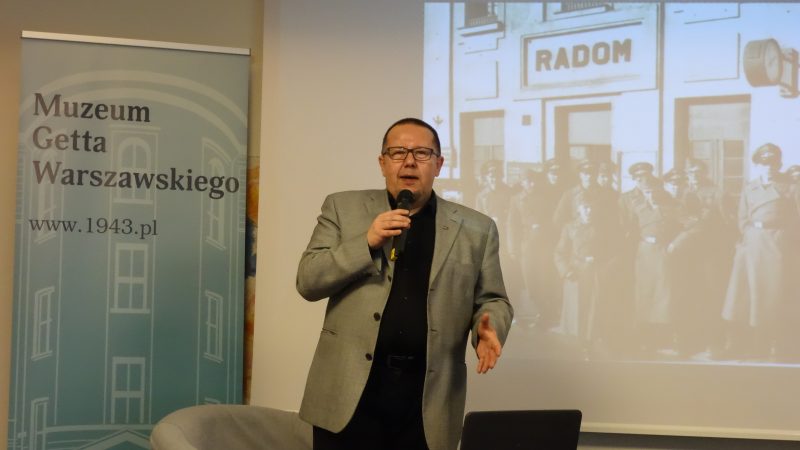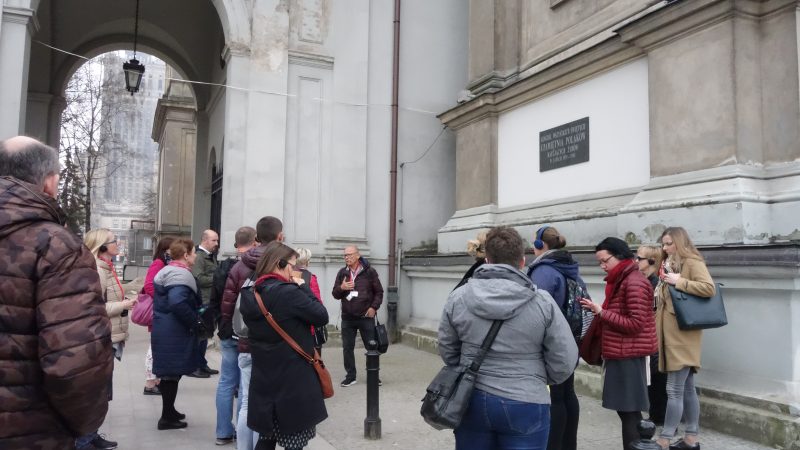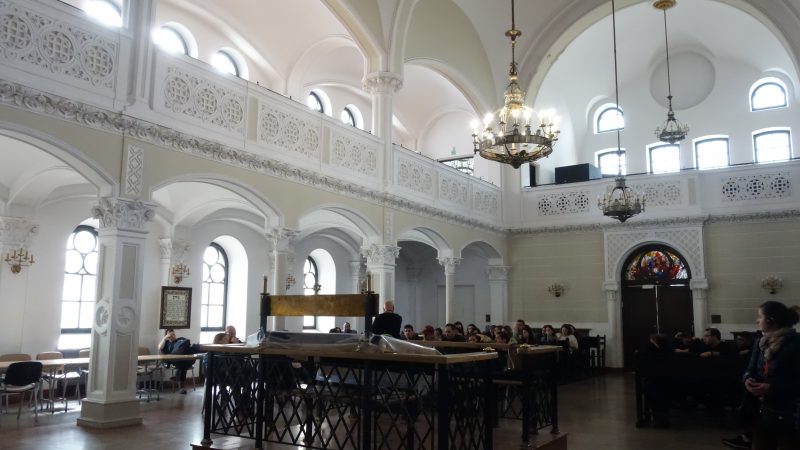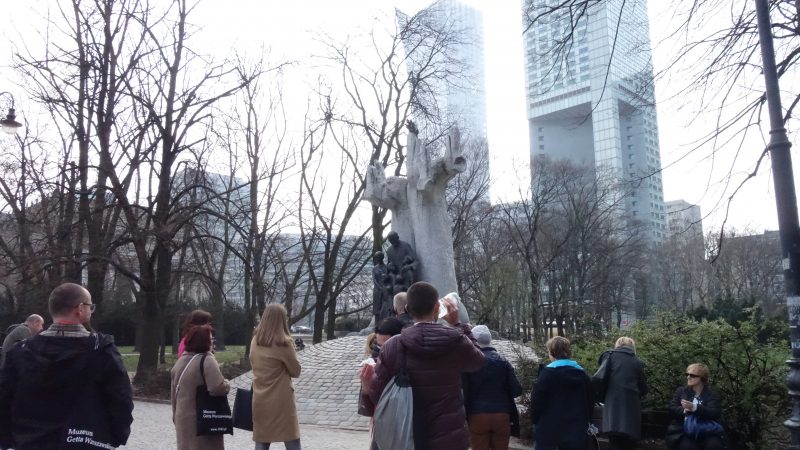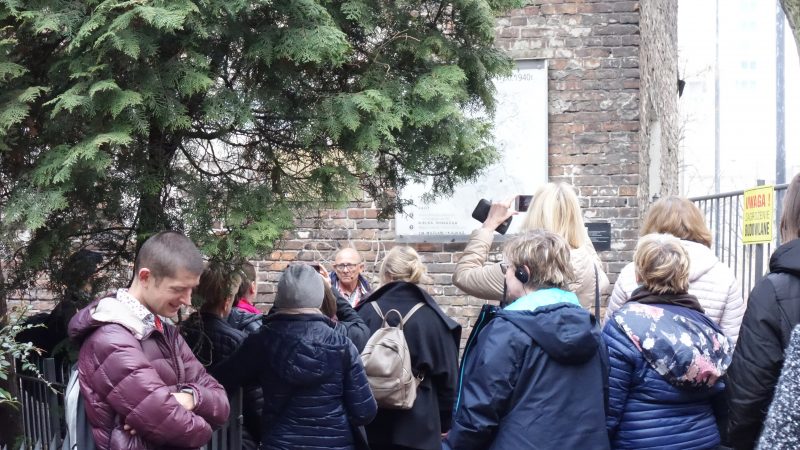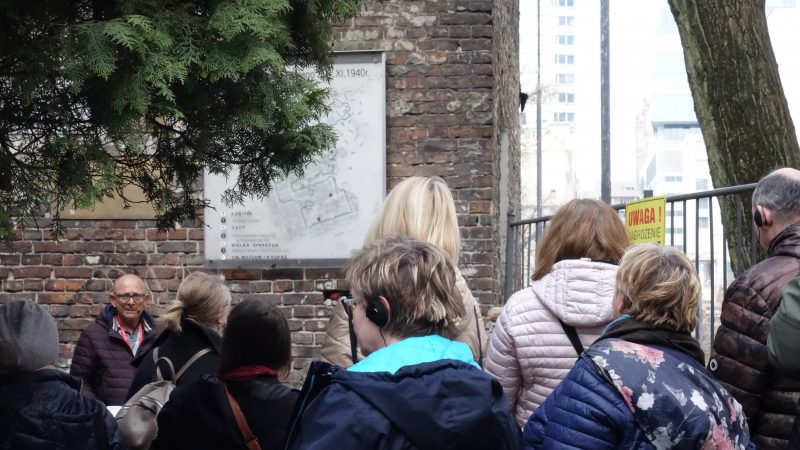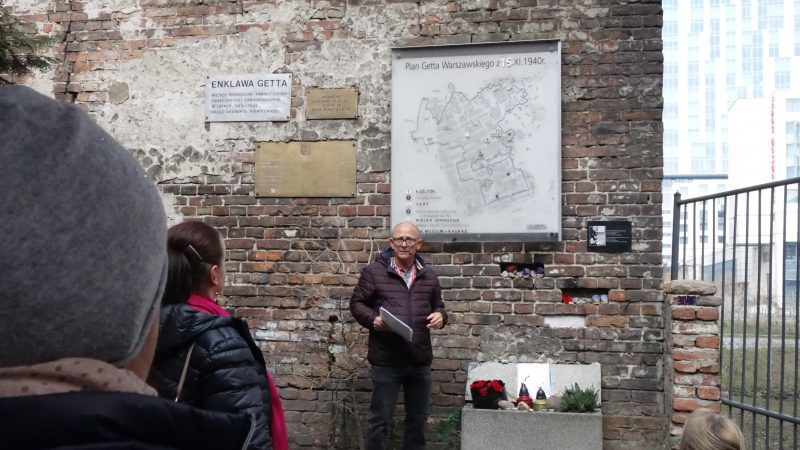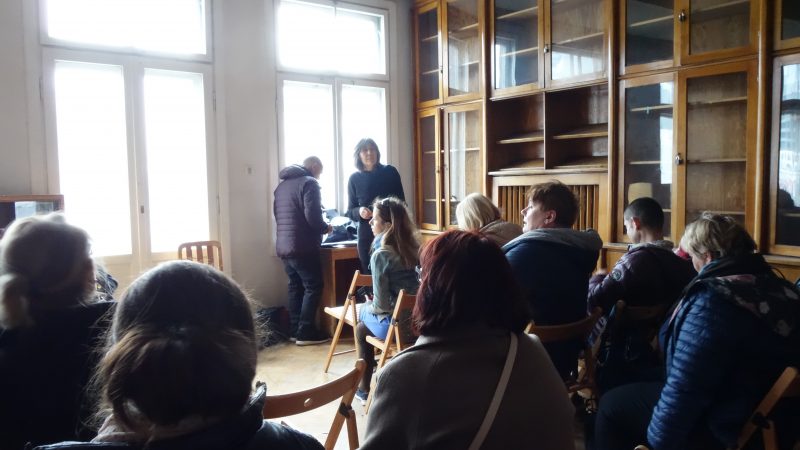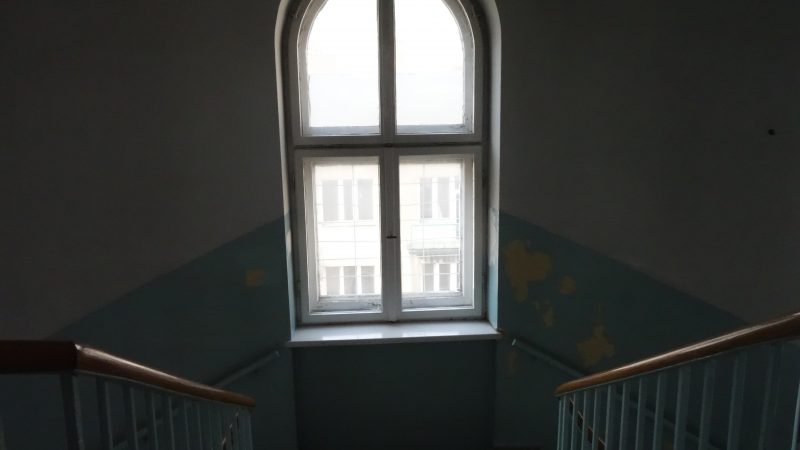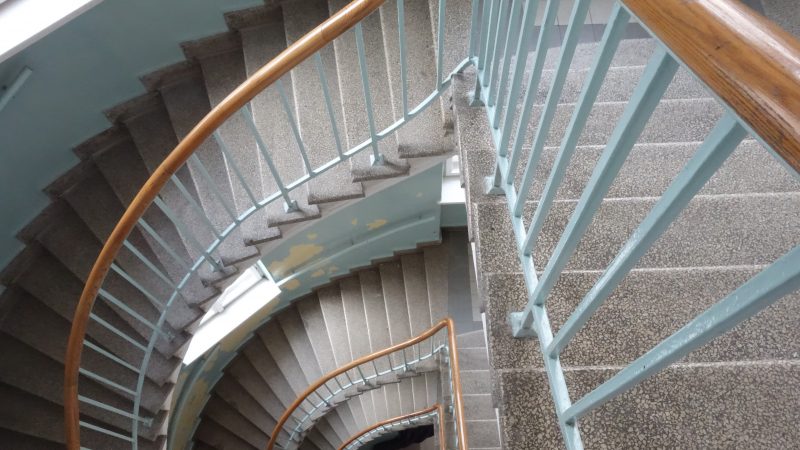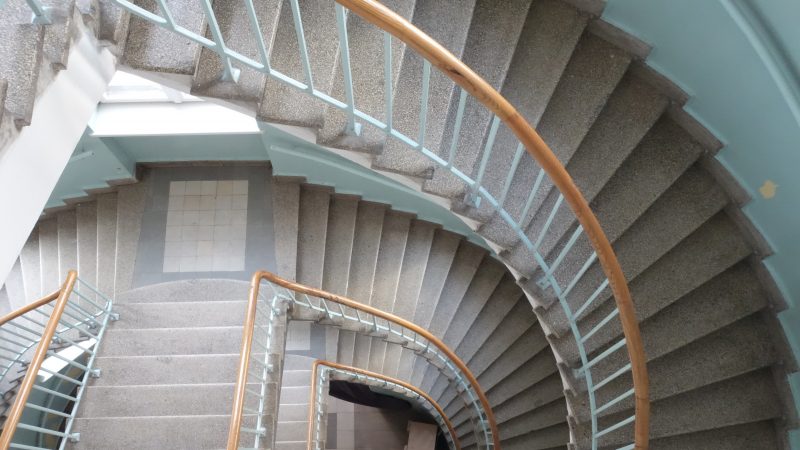Teach, disseminate, commemorate, raise
„Around the Warsaw Ghetto and other ghettos in occupied Poland” is the tile of first workshop training organised by the Warsaw Ghetto Museum. The three-day conference, held at the Austrian Cultural Forum at ul. Próżna 7/9 on 29-31 March 2019, was a success in terms of its content and attendance.
The weekend conference was dominated by topics related to the many aspects of life in the Warsaw Ghetto under German occupation. The speakers discussed not only issues related to the worsening social situation of Jews – the growing number of orphaned children (Agnieszka Witkowska-Krych, Institute of Polish Culture, University of Warsaw) and limited access to medical care (Maria Ciesielska MD, Medical University of Warsaw). They also presented a testimony to the rich tapestry of cultural life, driven by the many artists imprisoned in the ghetto, who despite – and in spite of – the desperate circumstances continued to create (Kamila Łapicka, Institute of Iberian and Ibero-American Studies University of Warsaw; Anielewicz Centre, Institute of History, University of Warsaw). The speakers presented a literary image of the Warsaw Ghetto (Prof. Sławomir Buryła, Institute of Polish Philology at the University of Warmia and Mazury in Olsztyn), its ongoing religious life (rabbi David Berman, Warsaw Ghetto Museum), and its active underground organisations, above all the Jewish Military Union (Dr. August Grabski, Institute of History, University of Warsaw).
Other ghettos discussed by the workshop participants included the ghetto in Białystok (Dr. Ewa Rogalewska, Institute of National Remembrance, Branch in Białymstok), Łódź (Michał Adamiak, Marek Edelman Dialogue Center), Krakow (Dr. Martyna Grądzka-Rejak, IPN’s Historical Research Office in Warsaw), Radom (Dr. Sebastian Piątkowski, Institute of National Remembrance, Delegation in Radom), and borderland ghettos (Prof. Grzegorz Berendt, Vice Director of the Museum of Second World War).
The teachers who took part in the training were able to compare how the approach to education on Holocaust changed in Poland (Dr. Piotr Trojański, Institute of History, Pedagogical University of Kraków) and in Germany (Anna Rosenhain-Osowska, House of the Wannsee Conference) – from the post-war period until today. For half a century, up until the 90s, the Polish narration about Auschwitz focused on the Polish victims of mass murder in the camp, which was therefore treated mainly as a place of Polish war martyrology. Only fairly recently, it has been written and said that one million one hundred thousand Jews from all over Europe died in the camp, while the number of killed Poles is around 140-150 thousand. The fact was noted – in a very interesting speech – by Dr Trojański, who highlighted several times that we should not only inform about Shoah but, above all, raise young people based on the Holocaust, developing their humanity.
We also had the honour to host a witness of history – Mr. Izaak Wacław Kornblum, whose family home was located at ul. Śliska 42. During the occupation, the street was part of the so-called small ghetto. The Kornblum family managed to escape the fate of most of the ghetto residents – those who did not die of starvation or illness – i.e. transportation to the death camp in Treblinka.
he conference concluded with a guided walk with Paweł Szpringer to Bersohn and Bauman Children’s Hospital at ul. Śliska 51/Sienna 60. In 2023, the building will become the main and final seat of the Warsaw Ghetto Museum. At that time, we will also open the Museum’s permanent exhibition.
Anna Kilian


